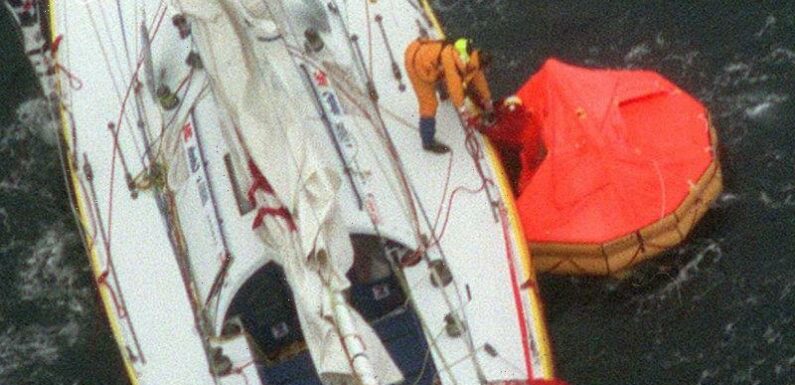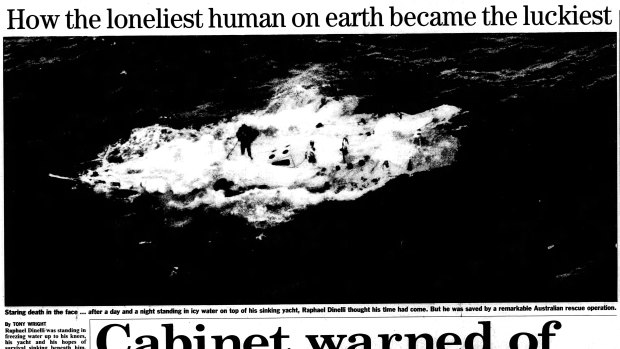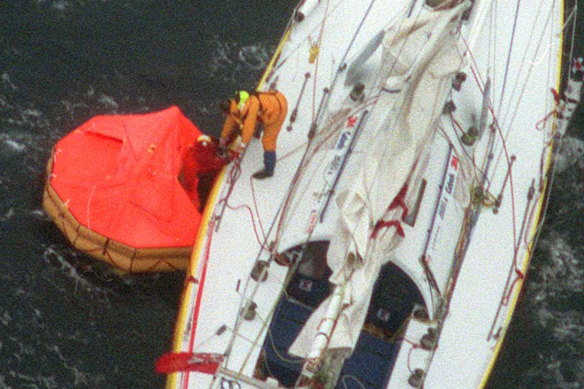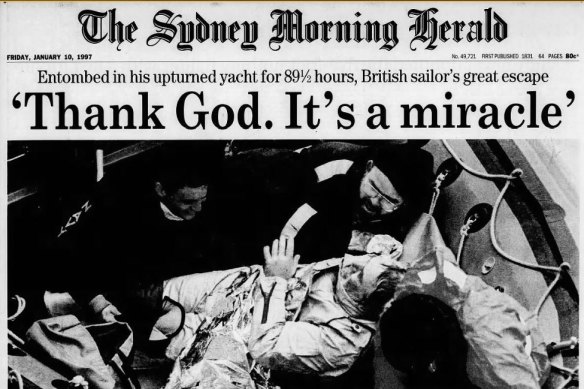
One of my daughters asked her computer the other day to write a song as if it were written by Bob Dylan.
Naughtily, her request – through the much ballyhooed “artificial intelligence” app ChatGPT – was that the song be about an old newspaper journalist who is confused by online reporting.
Within eight seconds, her screen filled with computer-composed lyrics.
“He was an old-timer, with ink-stained hands/ He wrote for the paper, on the newsstands/ He knew the city, and the people too/ But the world was changing, and he didn’t know what to do.
“Chorus: He’s an old journalist, with a pen and a pad/ But the online reporting, is making him feel real sad/ He’s confused by the screens, and the pixels too/ He’s an old-timer, who’s feeling real blue.”
Reading these lines, created without the touch of a human hand, let alone the genius of Bob Dylan, this old journalist – who started on a beaten-up typewriter in the age of ink more than half a century ago, and who still likes talking face-to-face to get a decent yarn – began to feel something close to melancholy.
Meanwhile, a lot of people, unsurprisingly, are getting mighty worried about this new artificial intelligence app that can write an essay, poem or song about almost anything within seconds, and in the style of anyone from Proust to an 11-year-old student at school.
Many fear the potential for AI to veer off the rails, disseminate misinformation, take over the jobs of writers and other creatives and dumb down students willing to outsource their studies to the app.
You need only hear the nauseating revelations spewing from the witness stand at the royal commission into robo-debt to understand that replacing responsible human discernment with trust in algorithms can destroy vulnerable lives, and has done so.
But right now, I’m holding off judgment on ChatGPT.
Long ago, between Boxing Day 1996 and the first weeks of 1997, I discovered that online technology could become useful in the most surprising ways.
By happy accident, I learned that the only Fairfax computer linked to the internet in the Canberra press gallery at the time could give me access to the Paris headquarters of the Vendee Globe round-the-world yacht race.
It would plug me into the centre of the world’s biggest story of those weeks, and almost no one – including me – figured out quite how I did it.
As Australian rescue authorities tried to find a series of yachtsmen shipwrecked and lost in the storm-blown Southern Ocean, I was astounded to discover I had instant, magical access to the imperilled yachties’ tortured distress messages, starting with those of Frenchman Raphael Dinelli as his craft was thrashed by a fearful gale and upended by huge seas.
Dinelli’s satellite messages to race headquarters in Paris were accompanied by transcripts of even more dramatic “telex” transmissions (HQ didn’t use the word email) from fellow yachtsman Pete Goss, an Englishman who put his own life at great risk to sail to Dinelli’s deliverance.
Tony Wright reports on the plight of Raphael Dinelli, December 28, 1996.Credit:Fairfax archives
This would have been treasure at any time, but it was beyond price during the otherwise dead news time from Boxing Day into January.
Amazingly, I had stumbled on a trove of “exclusives” delivered by the internet from deep in the Southern Ocean. Truth was, only a piddling 4 per cent of Australian households had access to the internet in 1996, and few journalists knew how to use it, or had access at work.
And so, after a photo was taken from a RAAF search plane of Dinelli standing knee-deep in freezing water on his sinking yacht amid giant seas 2220 kilometres south-west of Perth, I was able to reel in readers by reporting Dinelli’s struggle to survive, and those of his rescuer, Goss, in their own words, though I would never meet either of them face-to-face.
My story accompanying the photo called Dinelli “the loneliest man on Earth”. He was also the luckiest. A liferaft was dropped to him 10 minutes before his yacht sank, and Goss found him 12 hours later.
Here was Dinelli’s “telex” message to race headquarters three days before he was found: “The wind blows over 60 knots and with terrible gusts at 70 knots. The boat was knocked down twice for a few minutes. In the boat the damages are important, there is a big mess but the mast is still there. I’m fine apart from a big shock on my right leg. The sea is really rough, smoke [the wind tearing the top of waves] is coming out from it, it’s not fun.”
Goss, alerted by Paris that Dinelli had subsequently activated three distress beacons followed by silence, sent several “telexes” as he altered course for Dinelli’s last known position, getting smashed by the sea.
“Sorry to be so quiet, it has been survival all night,” Goss messaged. “I’m knocked down every half an hour with big breaking seas on the beam. The wind has eased a bit now but I have a lot of damage. The best I can do at present is five knots … I’m working on the boat as fast as I can and I hope to speed up in a couple of hours.”
Dinelli was in much worse trouble. His yacht was sinking beneath him, he had lost all his food and drinking water and he could do nothing but stand in freezing water and wait for a miracle.
“I started to think about death, but with a strong determination I decided to fight,” he messaged after being rescued.
Raphael Dinelli is brought on board by Pete Goss.Credit:Fairfax archives
When the miracle materialised and Dinelli was finally safe aboard Goss’ half-wrecked yacht, Goss sent a triumphant message: “I have just had the best Christmas present ever. Raphael is on board, he is very cold and happy, he had no injuries. I’ve just given him a cup of tea.”
Dinelli followed up with a telex to Paris giving a vivid account of the end of his race.
He told of his yacht reaching terrifying speed down huge waves, even though he had streamed two sea anchors. “The boat went surfing, it was an exceptional wave with a very high speed. I couldn’t stop watching the speedo and in a few seconds it showed 26 knots,” he wrote.
“The boat, at the bottom level of the wave, was completely capsized with an amazing strength.
The rescue of Tony Bullimore, January 10, 1997.Credit:Sydney Morning Herald
“In a few seconds I was upside down … I was crashed up to the ceiling that was now the floor. It was the beginning of the apocalypse.”
I maintained my secret line into race headquarters as even more famous events occurred in the Southern Ocean over the next 10 days, culminating in the rescues of Thierry Dubois and finally, the most celebrated of all, Tony Bullimore.
All these years later, ChatGPT’s artificial Dylan finished his “song” with lyrics that might have lifted an old hack’s spirit as the internet delivered him that thrilling story.
“He’s an old journalist, but he’s not giving up/ He’s still got a story, to tell and to share/ He’s learning the new ways, and he’s still in the game … ”
Most Viewed in Technology
From our partners
Source: Read Full Article


